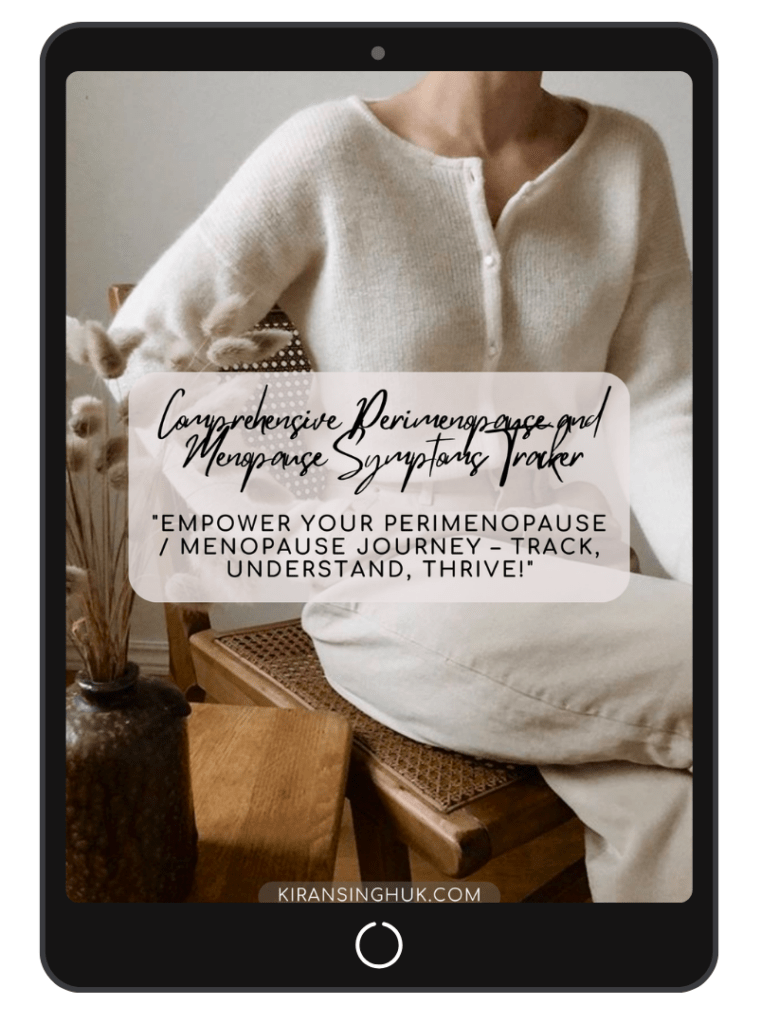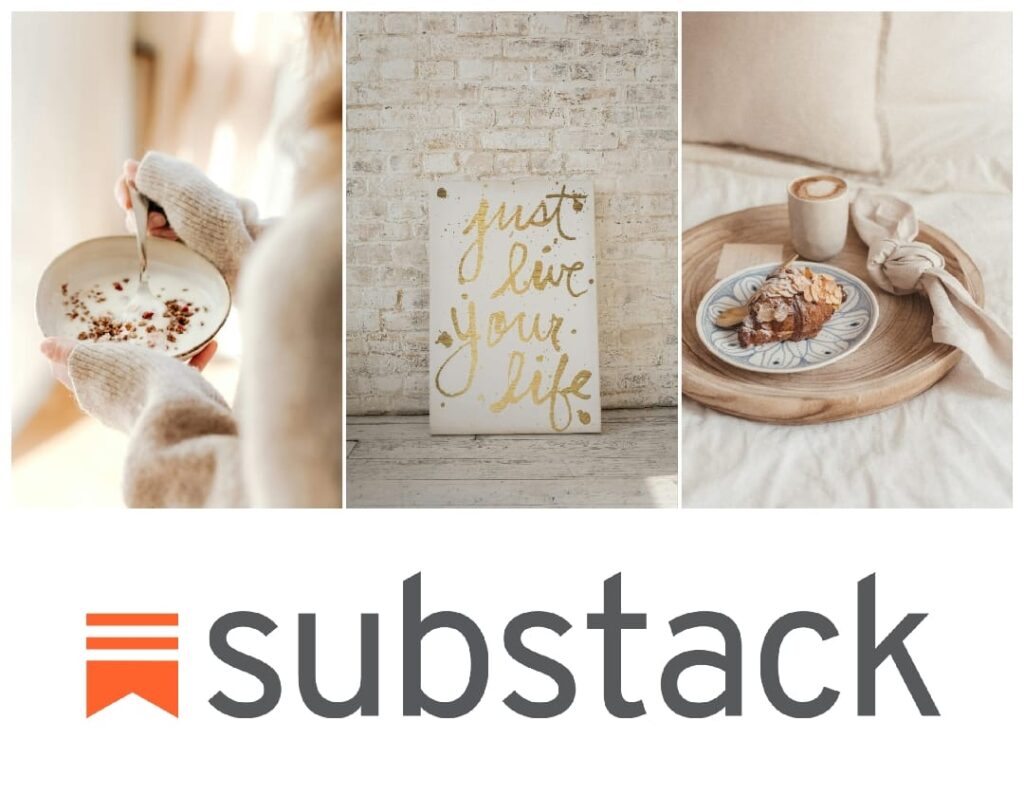You might remember my previous post on Mindful Eating and how to get started, this week I am going into how to create a Mindful and Capsule Kitchen.
Mindful Kitchen is all about delicious, healthy and easy-to-cook meals made from good quality organic and natural ingredients – and this is where the capsule kitchen comes in.

I had a few main goals I wanted to focus on when starting my capsule kitchen project, these being:
- Simplify shopping and cooking
- Focus on cooking with and eating seasonal produce
- Be able to make healthy, nourishing & delicious food easily
- Use all real ingredients (fruits, vegetables, grains, high-quality proteins, dairy, nuts, seeds, beans etc).
- Waste less food
- Always have the right ingredients on hand for a quick meal
With my goals and lifestyle in mind, I made a list of my favourite ingredients and committed to trying out the Capsule Kitchen concept for a month.
Every kitchen is a good kitchen. It doesn’t matter if you have the trendy colours, beautiful cabinetry, or the countertops of your dreams. It doesn’t matter if there are paint stains in the sink and indistinguishable yellow patches on the laminate counters. I love my tiny little kitchen and I spend so much time in this part of our home, regardless of all its quirky imperfections. Is it my dream kitchen? Of course not! I think very few of us actually have spaces in our homes that fulfil our dreams of a perfect aesthetic… through Instagram and Pinterest would probably disagree with me. I’d love to have matching cookware and butcher block countertops and to get rid of all this stainless steel, however, without all of those “improvements” this will still be a good kitchen. It will be the perfect kitchen, in fact, because it’s with a loving heart and hands that each meal is prepared.”

It all started by thinking about my lifestyle and answering the following questions:
How do I like to cook?
I like fresh foods that can be made quickly and prefer to improv-cook or loosely follow a recipe without a lot of up-front planning. Knowing this, my capsule kitchen is heavy on versatile fresh items that are easy to prepare.
What do I use every week?
As breakfast is one of the most important meals of the day, I tend to make something different every day; anything from Avocado Deviled Eggs with seeded toast, full English Breakfast or just Seeded toast with Nutbutter and Berries!
Lunch is usually dinner leftovers or I’ll quickly whip up something healthy and nourishing like a Salad in a Jar, Avocado with Fried egg on seeded toast etc.
I have dinner early, around 5 PM and have a cup of golden (turmeric) milk around 8.30-9 PM – it helps me with my sleep and my inflamed hip.
What are the items I rely on in my pantry?
Grains, beans, cooking oils, and two or three of my favourite herbs and spices are my go-to items. I am getting back into baking bread and cakes, so flour and sugar, for example, are something I have been stocking up on recently.

By using these above-mentioned guidelines, I was able to pay attention to what I was buying, rather than just grabbing what looks good at the grocery store or making lists based on specific recipes. I’ve now been doing my capsule kitchen for a good few years and it has become a big part of my day-to-day life as my overall health depends on it. Here’s what happened:
1. I’m saving time in the grocery store
Having a setlist means I can zip through the store in a lot less time. No more worrying that I forgot something or wandering through the aisles.
2. I always know what to buy
I pull up my reusable capsule kitchen list on my phone (MealPlanner App), check off the items I’m missing and head to the store.
3. My meals are more creative
For this, I use an app called ‘Eat More Plants‘, which has recipes based on diets, health conditions and types of food and more. It’s been really helpful when planning my meals.
4. I always have something for dinner
Because I have a realistic idea of the basic staples I need in the house, I’m a lot more likely to have something for breakfast, lunch & dinner. This means more feel-good meals which my body craves for. I’ve been told I am pretty good at putting together a nourishing meal with random ingredients.
5. I am wasting less food
By having fewer items to keep track of on any given week and by creating meals based on the ingredients I already have at home, I’m less likely to throw away food.

6. I am saving money
I have set a weekly budget of £10, but have also allocated a £20 budget for a big monthly shop where I stock up on all the essentials I will be using throughout the month. I tend to buy seasonal items that are less expensive – I start with ingredients I already have in my pantry first instead of shopping for a recipe.

Most importantly; I have a realistic idea of our lifestyle and cooking preferences, so I’m only buying things I love to cook & eat.

A good meal starts with a well-stocked kitchen, but this doesn’t mean going out and splashing the cash on a variety of expensive ingredients. Essentials have been split between fridge, cupboard and freezer items and can be substituted for non-dairy and meat alternatives.
Making sure you are fully stocked for the week can seem daunting when supermarket prices aren’t coming down, but keeping it simple can make a difference. Below I share the most versatile ingredients which can work across a number of meals. These can be supplemented with other seasonings, additions and garnishes. Make the plan work for you and swap out the ingredients which don’t suit you and your family.
FRIDGE
- Milk
Only buy what you need for the week to avoid wastage and if you have any about to go out of date, freeze it in ice cube trays.
- Butter / spread
You can use this in sandwiches, on toast and in any cakes or biscuits you may make.
- Meat
To be used in lunch and dinners, opt for cheaper cuts of meat like chicken thighs and pork mince to cut down food shop costs.
- Seasonal vegetables
Buy in-season to avoid overpaying for veggies which aren’t going to last long in the fridge. You can bulk up meaty meals, and pasta sauces with hidden veg. And for any veg looking sorry for itself, make a soup.
- Seasonal fruits
Fruit is a great, healthy snack and opting for in-season may keep prices down.
- Garlic
This will add flavour to any meal and is easy to grow in your garden.
- Cheese
Buy large blocks and avoid pre-grated to cut down on costs. Cheese can be frozen.
- Eggs
Use it to make a cheap cake, omelette for lunch or even egg fried rice.
CUPBOARD
- Salt & pepper
A staple for many meals and needed for seasoning.
- Potatoes
If you have potatoes, you have a meal. Buy big sacks and store them in a dry, dark place. You can use them to make jacket potatoes, chips, mash, wedges, and use in curries. They are one of the most versatile vegs.
- Porridge oats
Great for a nutritious breakfast but can be used to bulk up meals like bolognese and chilli as they soak up the flavour of the dish.
- Lentils
Lentils bulk up meals and can be used as a meat alternative.
- Curry spices
Rather than buy jars of sauce, buy spices from local Asian supermarkets or down the world food aisle of your regular supermarket and have a go at making yourself.
- Tins of tomatoes
These can be thrown in lots of meals, including pasta sauces, soups and curries. Buy big tins and store what you don’t use in the fridge.
- Tomato puree
A staple for many dishes, including homemade pizzas, soups and pasta sauces.
- Baked Beans
A go-to for easy high-protein and high-fibre breakfasts but can also be used in curries, wraps, burgers and stews.
- Pasta
A cheap and easy base for many family meals. The leftovers are great for lunch too.
- Worcestershire sauce
Add to cheese on toast, and shepherd’s pie for a bit of added flavour.
- Rice
Buy in large bulk bags and keep them in a cool, dry place to use as you need it.
- Basic seasoning
Paprika, onion powder, garlic powder, thyme and oregano can all be used to spice up basic meals.
- Flour
Can be used for baking or as a light crispy batter for chicken.
- Cooking oil
Cooking oil is used for cooking and frying but can also be used in cakes and muffins.
FREEZER
- Frozen berries
Berries can be expensive. These are a much cheaper alternative and you can use as many or a few as you need.
- Bread
Buy in bulk and freeze to keep for longer. Simply pop it in the toaster when ready to eat.
- Frozen veg
This is often cheaper and just as good as if you buy it fresh.
- Frozen meat / fish
Reduce waste by buying in bulk and freezing, or buy pre-frozen to save some money in the food shop.

Feel free to sign up to my Friday Morning Love Note HERE! This isn’t just a newsletter - it’s your invitation to pause, reflect, and realign with you. Every week, we’ll journey together to uncover the small, meaningful shifts that will help you design a life that feels uniquely and beautifully yours. Each week, I’ll deliver fresh intentions, uplifting tips, and simple shifts to inspire purposeful, creative living.






[…] your heart sing? What lights you up? Maybe it’s painting or getting creative. Perhaps you love to prepare a nourishing meal for yourself and your family or to get outside into nature. Whatever you love to do, do it more […]
[…] RELATED: 5 ways to create a Mindful and Capsule Kitchen […]
[…] pantry is a very important space in the kitchen. An organised pantry should not only be nice to look at but should also be purposeful. It should […]
[…] Creating a Capsule Kitchen […]
[…] The soulful kitchen is hands down, the best way to approach how we fuel ourselves. Next time you’re feeling hungry and harried, pause, reflect and make the choice to master the art of soulful cooking and eating. […]
[…] RELATED: 5 ways to create a Mindful and Capsule Kitchen […]
[…] READ MORE: 5 ways to create a Mindful and Capsule Kitchen […]